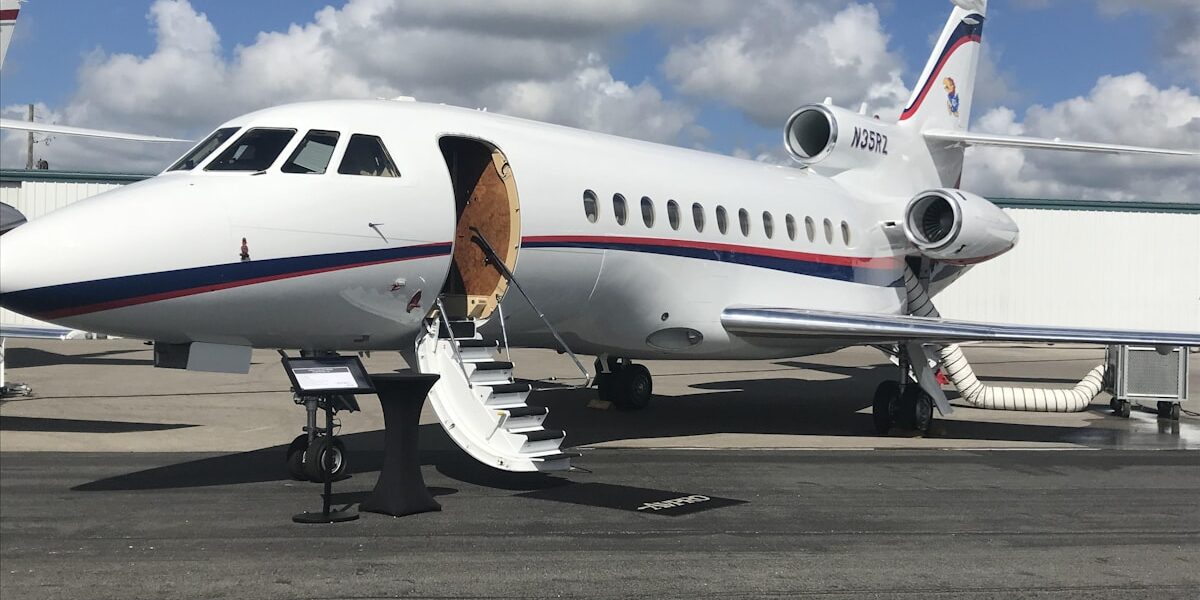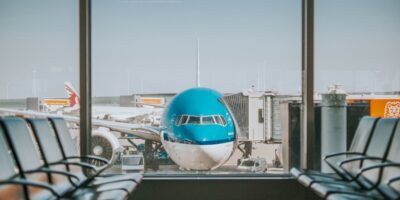Introduction to Embraer 175 and Boeing 737
In the world of commercial aviation, two names often stand out: Embraer 175 and Boeing 737. While both are popular choices, they serve different market needs and offer unique benefits. Understanding the differences between these aircraft can help airlines make informed decisions about fleet composition and operations.
Aircraft Specifications
The Embraer 175 is part of the E-Jet family. It caters to regional air travel, typically accommodating 76 to 88 passengers. The Boeing 737, belonging to the narrow-body aircraft family, is designed for short to medium-haul routes and offers various models with capacities ranging from 85 to over 200 passengers.
Embraer 175
- Length: 31.68 meters
- Wingspan: 26.00 meters
- Max Takeoff Weight: 40,370 kilograms
- Range: 3,334 kilometers
- Engines: GE CF34-8E
Boeing 737
- Length: Varies by model (e.g., 737-800 is 39.47 meters)
- Wingspan: 35.79 meters (737-800)
- Max Takeoff Weight: 79,015 kilograms (737-800)
- Range: 5,765 kilometers (737-800)
- Engines: CFM56-7B (737 NG) or LEAP-1B (737 MAX)
Market Position
Embraer 175 primarily serves regional airlines. It’s ideal for routes with moderate passenger volumes. Its range and capacity fit routes that are too small for larger jets but too big for turboprops. This flexibility makes the E175 a key player in the regional jet market.
The Boeing 737 dominates the narrow-body market. It’s a staple for both low-cost and full-service carriers. The 737 excels on short to medium-haul flights. Different variants allow airlines to match the aircraft to a variety of route demands. Its versatility has contributed to its position as one of the best-selling aircraft models of all time.
Operational Efficiency
The operational efficiency of an aircraft impacts an airline’s bottom line. The Embraer 175 is known for its fuel efficiency and lower operational costs on regional routes. Its smaller size means it can access more airports, including those with shorter runways. This flexibility allows airlines to optimize route networks and reduce turnaround times.
The Boeing 737, especially the newer MAX series, offers improved fuel efficiency compared to its predecessors. The 737 MAX features advanced aerodynamics and more efficient engines. These enhancements translate to lower operating costs per seat mile, making it attractive for carriers focused on cost efficiency. However, its larger size compared to the E175 means it is less suitable for smaller airports.
Passenger Experience
Passenger comfort is a crucial factor in airline choice. The Embraer 175 offers a 2-2 seating configuration, ensuring that no passenger has a middle seat. This layout is popular among travelers, especially on shorter flights. Additionally, the E175’s cabin is designed to provide a spacious feel with larger windows and ample overhead bin space.
The Boeing 737, depending on the variant, has various seating configurations. Standard layouts often use a 3-3 configuration. While middle seats may be less desirable, airlines can offer different classes of service, including premium economy and extra-legroom options. The 737’s larger cabins are equipped with modern in-flight entertainment systems and connectivity options, enhancing the overall passenger experience on longer routes.
Technology and Safety
Embraer 175 incorporates the latest in aviation technology. Its fly-by-wire system enhances flight stability and efficiency. Advanced avionics and integrated systems contribute to a safer and more reliable operation. Continuous updates to software and systems ensure that the E175 remains at the cutting edge of regional aviation technology.
The Boeing 737 family has continually evolved. The 737 MAX series, in particular, features significant technological upgrades. These include advanced aerodynamics with split-tip winglets, more efficient engines, and updated avionics. Enhanced safety features and rigorous certification processes aim to maintain the highest safety standards. Despite past challenges, Boeing has focused on improving the 737 MAX’s safety and reliability.
Economic Considerations
Purchasing and operating an aircraft involves significant economic factors. The Embraer 175 typically costs less to purchase than a Boeing 737. Its lower acquisition cost makes it attractive for regional carriers or those looking to expand into new markets with lower risks. Additionally, its operational costs are generally lower on shorter routes due to its fuel efficiency.
The Boeing 737’s higher purchase price reflects its larger capacity and advanced features. However, its cost per seat mile can be competitive, especially on higher-density routes. For airlines with higher passenger volumes and longer average stage lengths, the 737 can offer better economies of scale. Moreover, the leasing market for Boeing 737s is well-established, providing flexibility for airlines in fleet planning.
Maintenance and Support
Maintenance is a critical aspect of airline operations. The Embraer 175 benefits from Embraer’s comprehensive support network. Regional operators often appreciate the responsive customer service and availability of spare parts. Embraer’s Maintenance Performance Toolbox provides real-time data and analytics to improve aircraft reliability and maintenance efficiency.
Boeing’s global support network for the 737 is extensive. Airlines operating the 737 have access to a broad range of maintenance facilities, spare parts, and technical expertise. Boeing’s GoldCare program offers integrated maintenance solutions, helping airlines reduce downtime and streamline operations. The widespread use of the 737 means that many maintenance crews are familiar with the aircraft, reducing training costs and improving efficiency.
Environmental Impact
Environmental concerns are increasingly important in aviation. The Embraer 175 is designed with fuel efficiency in mind, resulting in lower CO2 emissions compared to larger jets. Its newer models feature eco-friendly materials and advanced engine technologies, aiming to reduce the environmental footprint of regional air travel.
The Boeing 737 MAX series includes several environmentally friendly features. The LEAP-1B engines are more fuel-efficient, significantly reducing fuel burn and CO2 emissions. Additionally, the 737 MAX’s improved aerodynamics contribute to lower environmental impact. Airlines operating the 737 MAX benefit from reduced greenhouse gas emissions, supporting sustainability goals.
Comparative Summary
The choice between Embraer 175 and Boeing 737 depends on various factors. The Embraer 175 excels in regional operations with its fuel efficiency, flexibility, and passenger-friendly cabin. It’s a cost-effective option for airlines focusing on short-haul routes and smaller markets.
The Boeing 737, with its larger capacity and range, is suited for a broader array of routes. Its advanced technology, passenger amenities, and extensive support network make it a preferred choice for many airlines. Despite a higher initial cost, its operating efficiency on medium-haul routes offers significant economic benefits.
Both aircraft have carved out their niches in the aviation industry. Airlines need to assess their specific operational needs, market demands, and financial considerations to determine the best fit for their fleets.




Subscribe for Updates
Get the latest articles delivered to your inbox.
We respect your privacy. Unsubscribe anytime.